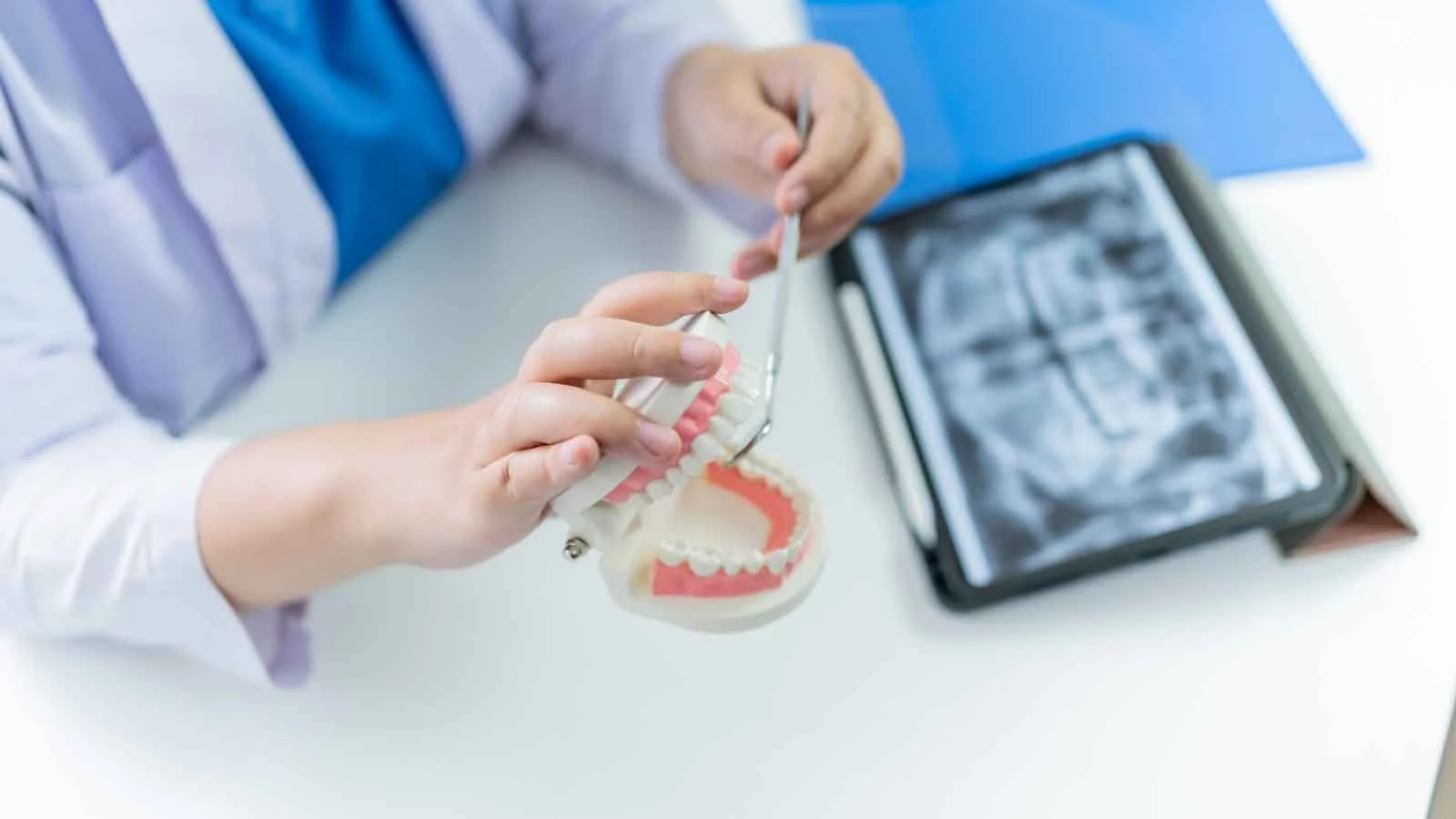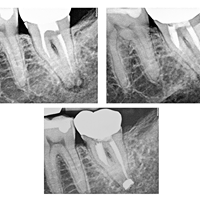Emergency Tooth Replantation: Procedures, Success Rates & Risks

A knocked-out tooth—whether from a fall, accident, or sports injury—is a true dental emergency. The pain is immediate, the panic is real, and the clock is ticking.
At Renovo Endodontic Studio, we specialize in emergency endodontic care, including tooth replantation—a precise procedure that may restore your natural tooth if handled quickly and correctly.
In this blog, we’ll explore everything you need to know about tooth replantation—how the procedure works when recommended, the odds of success, and what risks you should be aware of. With the guidance of our experienced dental care specialists, this process can potentially restore your natural tooth and prevent further complications.
What Is Tooth Replantation?
Tooth replantation is the surgical reinsertion of a permanent tooth that’s been knocked out (avulsed) or loosened due to trauma. It’s time-sensitive—ideally within 30 to 60 minutes of the incident.
⏱️ Pro Tip: Store the tooth in milk or a saline solution—not water—to preserve its viability.
This procedure is not for baby teeth and only viable if the tooth is relatively undamaged and properly handled. Schedule an emergency dental appointment immediately if this happens.
Step-by-Step: How Tooth Replantation Works
1. Handle Tooth with Care
- Pick it up by the crown (not the root).
- Rinse with saline or milk—never scrub.
- Try reinserting it in the socket, or store it in milk or your cheek.
2. In-Clinic Evaluation
- X-rays and oral exam check for socket trauma or bone damage.
- If the tooth is viable, the socket is cleaned and prepped.
3. Replantation & Stabilization
- The dentist repositions the tooth and applies a flexible splint for 1–2 weeks.
- A tetanus booster may be administered if needed.
4. Root Canal Therapy
- Often performed 7–10 days after replantation to prevent infection.
- Monitoring continues with X-rays and follow-up visits.
🦷 Learn about our Vital Tooth Therapy →
What Are the Success Rates?
Tooth Replantation Outcomes and Long-Term Prognosis
- Replanted within 30 minutes → Up to 90% success rate
- After 1 hour dry → Dramatic drop in survival rate
- Younger patients → Higher risk of complications like ankylosis
- Proper splinting, storage, and aftercare are essential for long-term success.
📍 Find Renovo specialists near you: Meet Our Team →
Potential Risks and Complications
Knowing the risks helps you make informed decisions:
- Root Resorption: The body reabsorbs the root over time—detected via X-rays.
- Ankylosis: Tooth fuses to the bone, which may affect growing children.
- Pulp Necrosis: Often prevented with prompt root canal therapy
- Infection: Resulting from delayed treatment or improper handling
- Cosmetic/Aesthetic Issues: Discoloration or misalignment may occur.
When to Consider Tooth Replantation–and When Not To
Not every knocked-out tooth is a candidate. But when it is, tooth replantation can restore comfort, function, and confidence.
If you or a loved one experiences dental trauma, contact Renovo Endodontic Studio right away. Our expert team is trained to handle urgent cases with precision and care.
📞 Call now or schedule online for emergency consultation.
Case Study
This is a great example of how a treatment approach that is not ‘in vogue’ in the implant era can still have a fantastic outcome. Root canal therapy was completed by this patient’s restorative dentist and the mesial root was not able to be negotiated due to moderate curvature. CBCT shows that the canals had been transported and ledged to the buccal and lingual but the patient wished to attempt retreatment. Unfortunately, the ledge/transportation could not be corrected during retreatment. In preparing this patient for a possible implant, intentional replantation was discussed as an alternative if we could remove the tooth atraumatically. As can be seen in the one year recall, this patient is happy to be out of pain and have the infection completely resolved!


